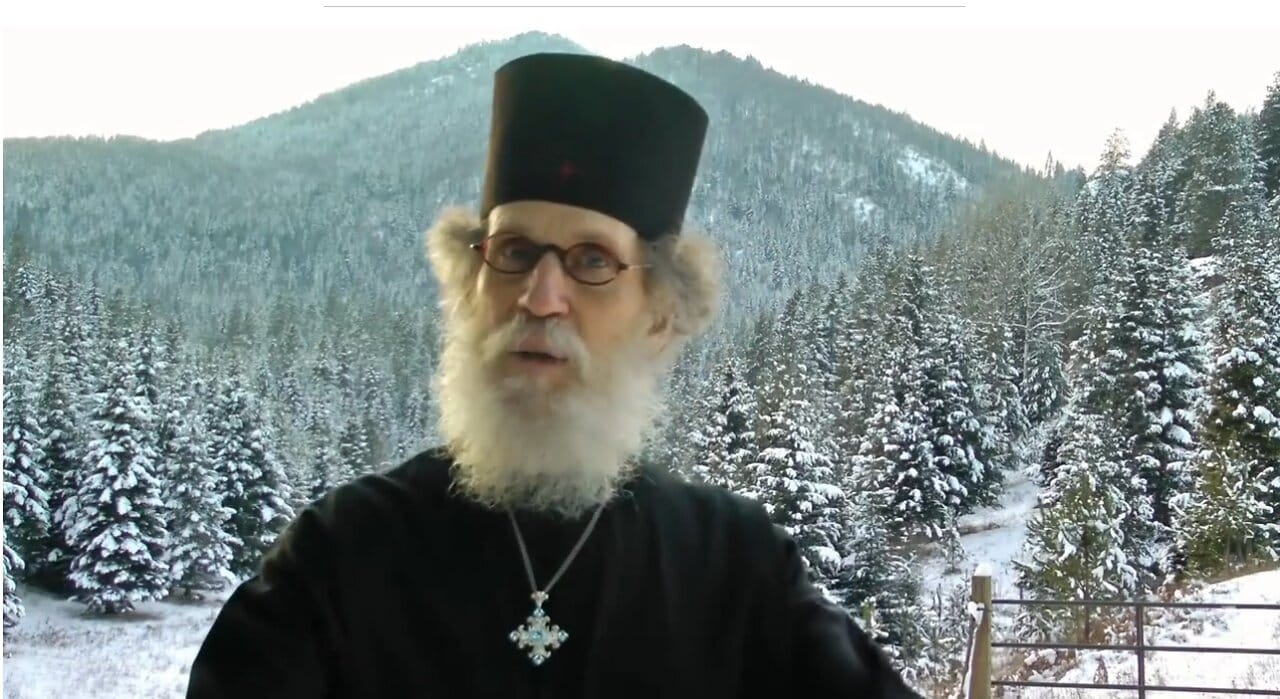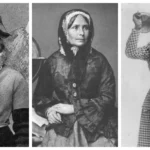The Controversial Transformation of Brother Nathanael
Milton Kapner, now known as Brother Nathanael, presents a complex and controversial figure. His journey from Judaism to Orthodox Christianity, coupled with his outspoken anti-Semitic views and public evangelism, has garnered both attention and condemnation. This article aims to explore the intricacies of his life, beliefs, and the impact of his rhetoric.
From Milton Kapner to Brother Nathanael: A Journey of Faith and Controversy
Born Milton L. Kapner on September 5, 1950, Brother Nathanael’s life took a dramatic turn in 1988 with his conversion to Russian Orthodox Christianity. This spiritual shift marked the beginning of a controversial public persona, characterized by street evangelism and increasingly inflammatory rhetoric. Before fully embracing Orthodoxy, Kapner’s involvement with the Jews for Jesus movement likely influenced his eventual conversion. This period suggests a complex spiritual search that ultimately led him down a different path.
His adoption of the monastic name “Brother Nathanael” upon joining the Russian Orthodox Church Outside of Russia (ROCOR) symbolized his commitment to his new faith. However, ROCOR’s subsequent distancing from his extremist views creates a complicated dynamic. A statement attributed to Archbishop Kyrill reportedly condemned Kapner’s pronouncements and called for repentance, highlighting the tension between Kapner’s self-proclaimed affiliation and the Church’s official stance. The authenticity and current status of this statement, however, warrant further investigation. This raises questions about the nature of Kapner’s connection to ROCOR. Is he a rogue member operating independently, or does his association with the Church have other dimensions?
Kapner’s public activities, including street preaching and online content creation, primarily revolve around his theological interpretations and criticisms of Judaism. He frequently labels Jewish individuals who critique Christianity as “anti-Christian Jews,” a term widely seen as anti-Semitic. While some might argue that his statements originate from theological disagreements, the inflammatory language he uses often obscures any potential nuances. This raises concerns about the potential for his rhetoric to fuel harmful stereotypes and contribute to interfaith tensions.
His website, “Real Jew News,” serves as a platform for disseminating his views to a wider audience. This online presence allows him to connect with individuals who may be receptive to his message, while simultaneously drawing criticism from various groups. Interestingly, even some white supremacist organizations have condemned Kapner’s views, demonstrating the complex and sometimes contradictory nature of his appeal. This raises questions about the factors that contribute to the acceptance or rejection of such controversial figures within different online communities.
Navigating the Controversies: Anti-Semitism, ROCOR, and Online Influence
The controversies surrounding Brother Nathanael are multifaceted and require careful examination. His anti-Semitic rhetoric, including accusations against “anti-Christian Jews,” has drawn widespread condemnation. The implications of such statements, particularly in the context of rising anti-Semitism, cannot be ignored. Further research is needed to fully understand the extent and nature of the impact of his rhetoric on interfaith relations.
ROCOR’s public distancing from Kapner adds another layer of complexity. While the Church’s condemnation of his views offers a counter-narrative, questions remain about the effectiveness of their response. Some may argue that stronger action is necessary to fully address the potential harm caused by Kapner’s pronouncements. Investigating the current status of his relationship with ROCOR is crucial for accurately portraying his religious affiliation and understanding the Church’s internal dynamics.
Kapner’s online activities, primarily through his website and social media platforms like YouTube, contribute significantly to his reach. This online presence raises questions about the potential for his message to influence and radicalize others. Analyzing the demographics and engagement patterns of his online audience could provide valuable insights into the spread and impact of his ideology.
Unanswered Questions and the Path Forward
Brother Nathanael’s story leaves us with many unanswered questions. What truly motivates his controversial pronouncements? How did his views evolve from his Jewish upbringing to his current stance? What is the long-term impact of his rhetoric on interfaith relations and broader societal attitudes?
Exploring these questions requires a nuanced approach, considering psychological and sociological factors that may contribute to the adoption of extremist viewpoints. While some might dismiss him as a fringe figure, it’s important to recognize the potential consequences of his rhetoric. Further research is crucial for understanding the complexities of his case and developing effective strategies for countering hate speech and promoting tolerance.
For those interested in exploring related topics, the neutron separator offers insights into the scientific process of separating neutrons, while the novolog sliding scale provides information on adjusting insulin doses.
This exploration of Brother Nathanael Kapner aims to provide a comprehensive overview of a complex and controversial figure. It is crucial to continue examining the evolution of his views, the impact of his rhetoric, and the broader implications for interfaith relations. It is important to consult diverse sources and maintain a critical perspective when evaluating information about this controversial individual.
- Georgia Platform: A Southern Strategy, 1850s - March 31, 2025
- How many weeks is 40 days: Quick Conversion Guide for Accurate Results - March 31, 2025
- How many feet is 300 meters? 984 Feet: Understand Length Conversions Easily - March 31, 2025
















